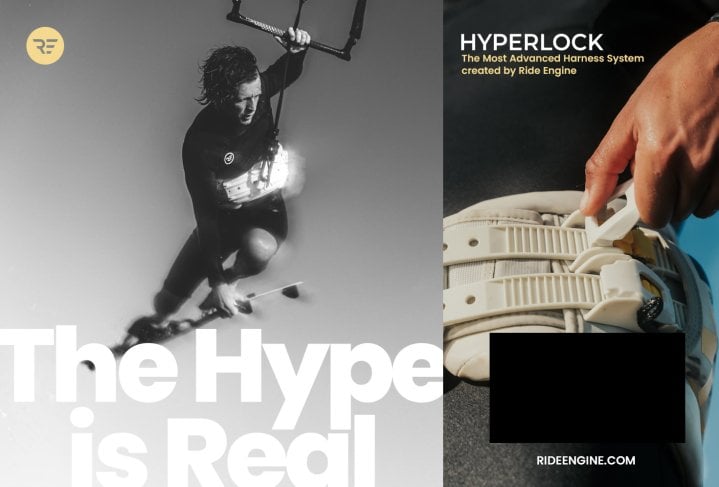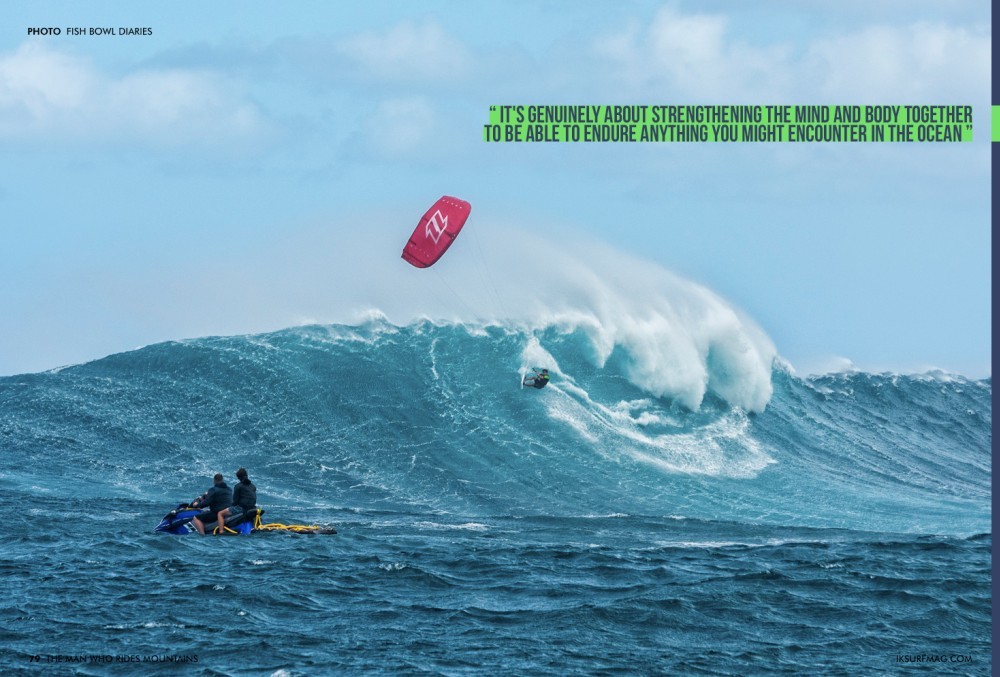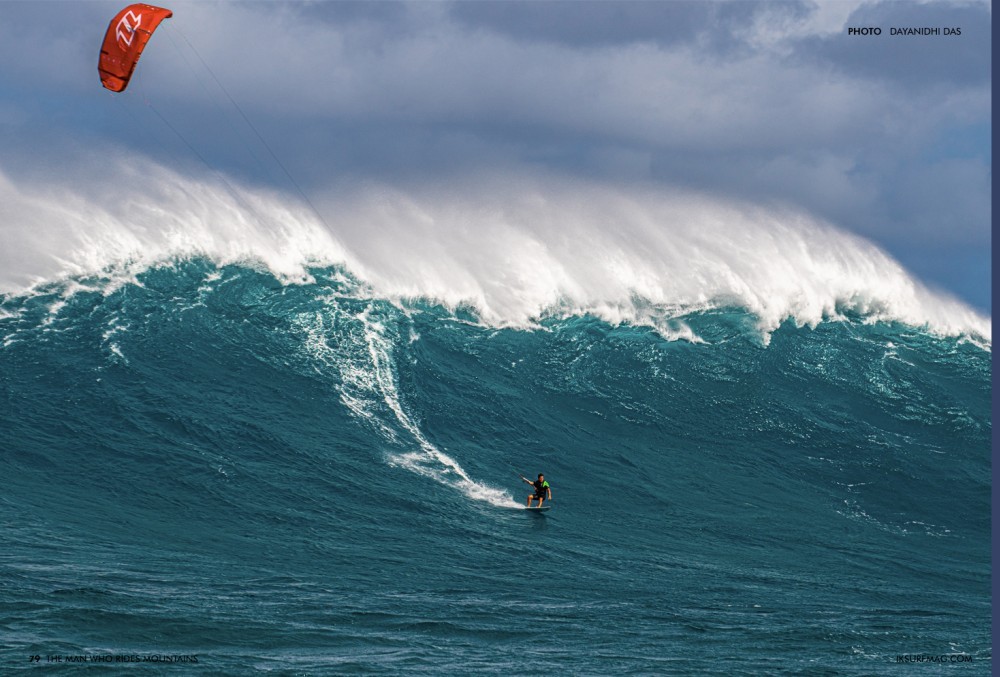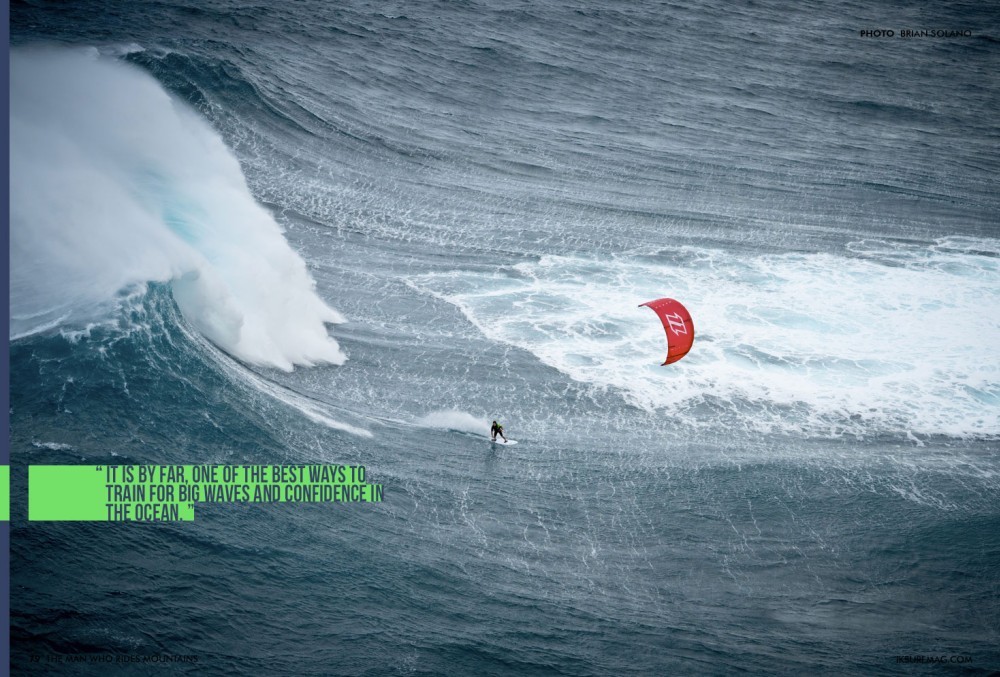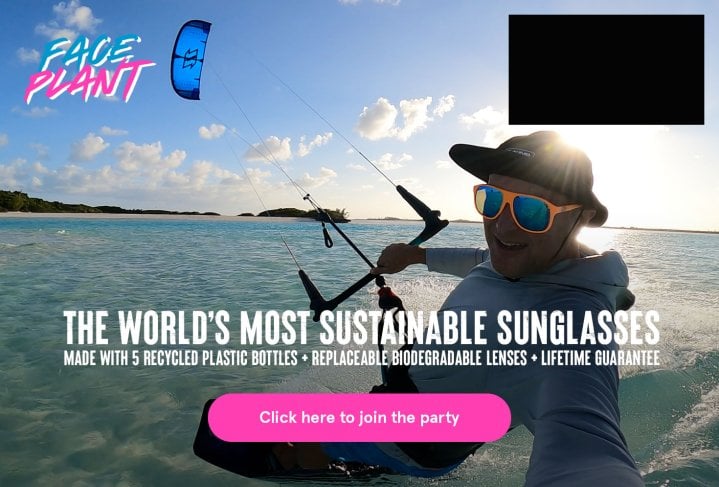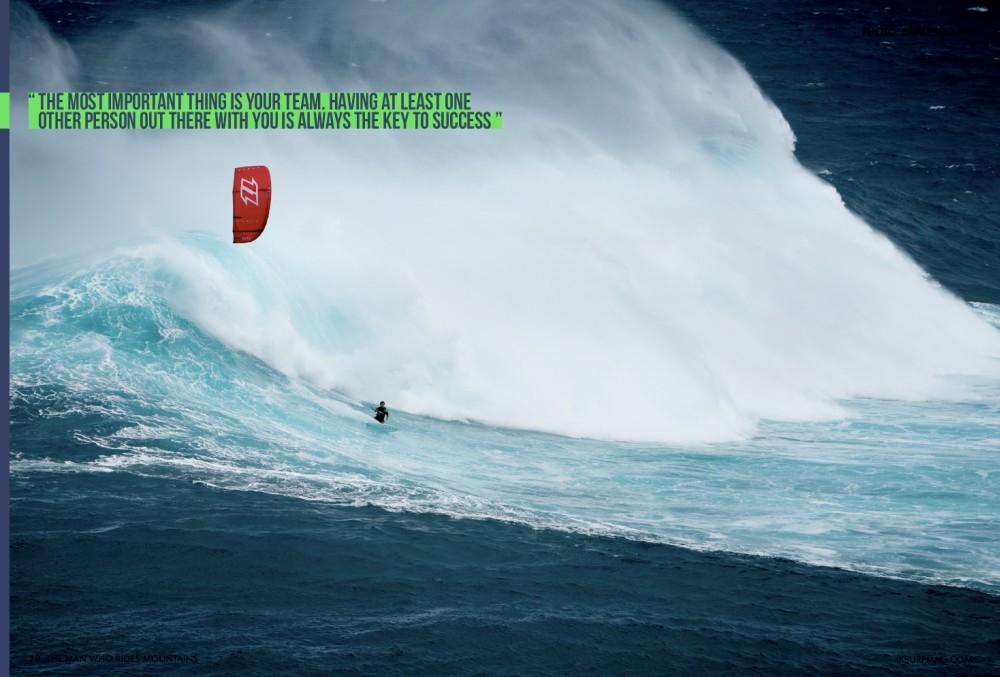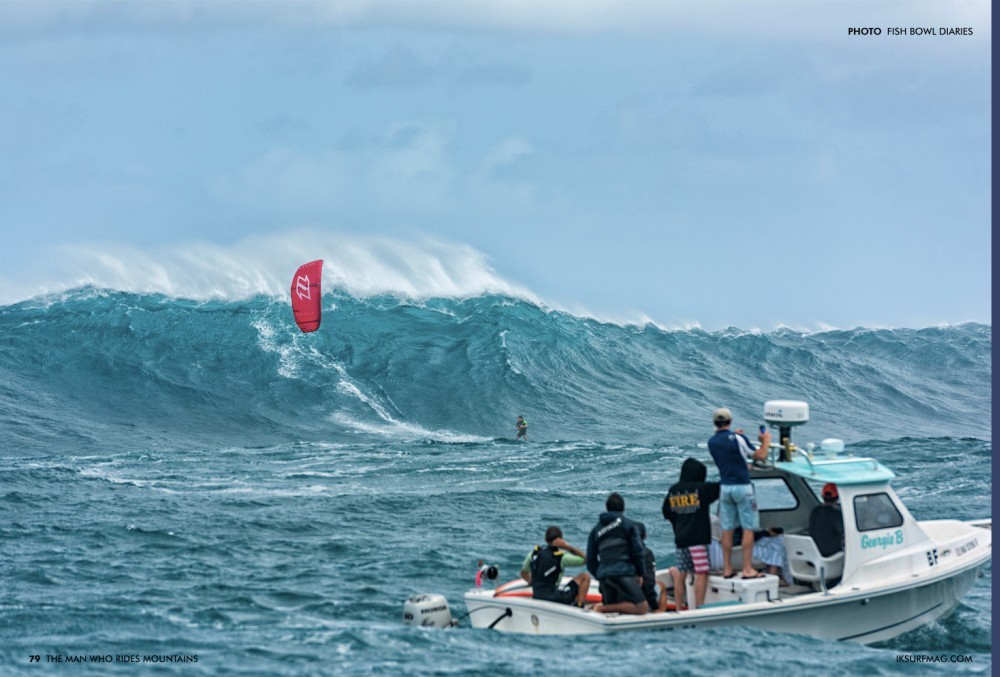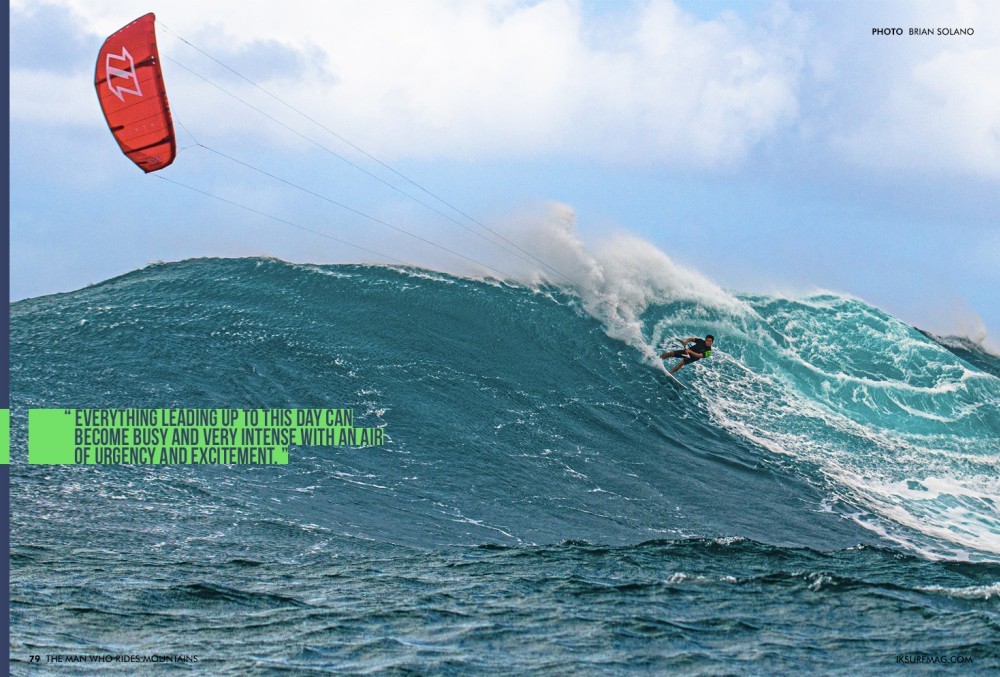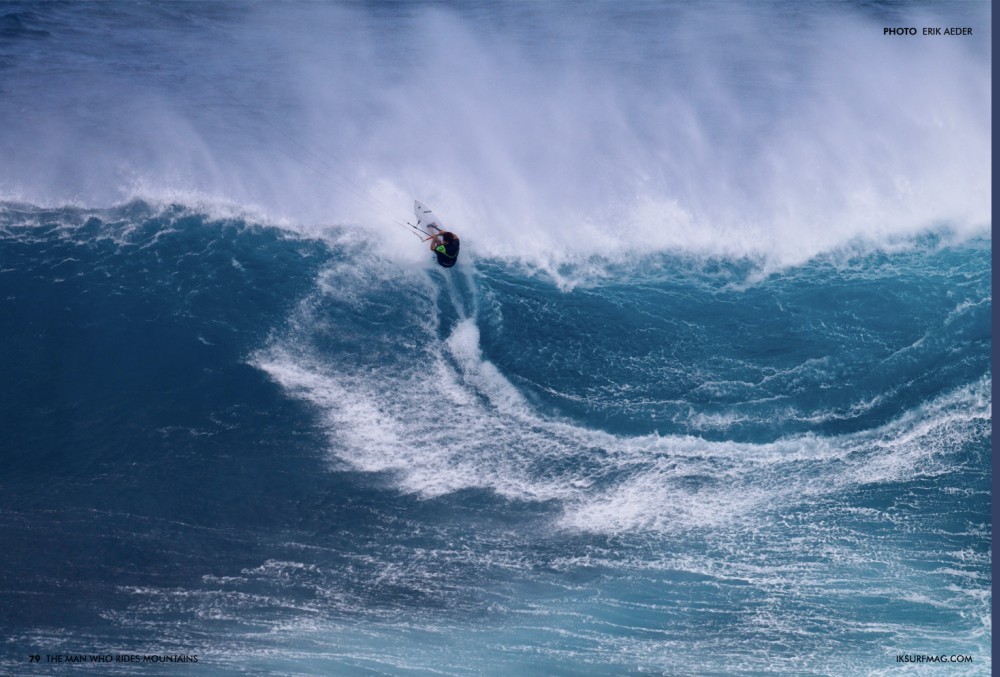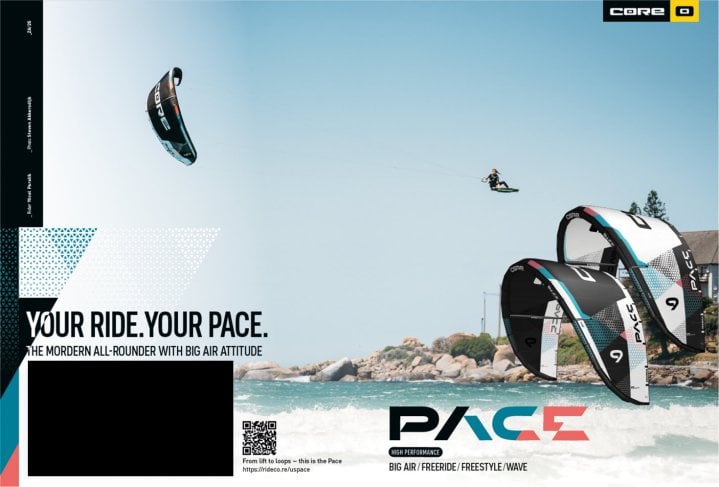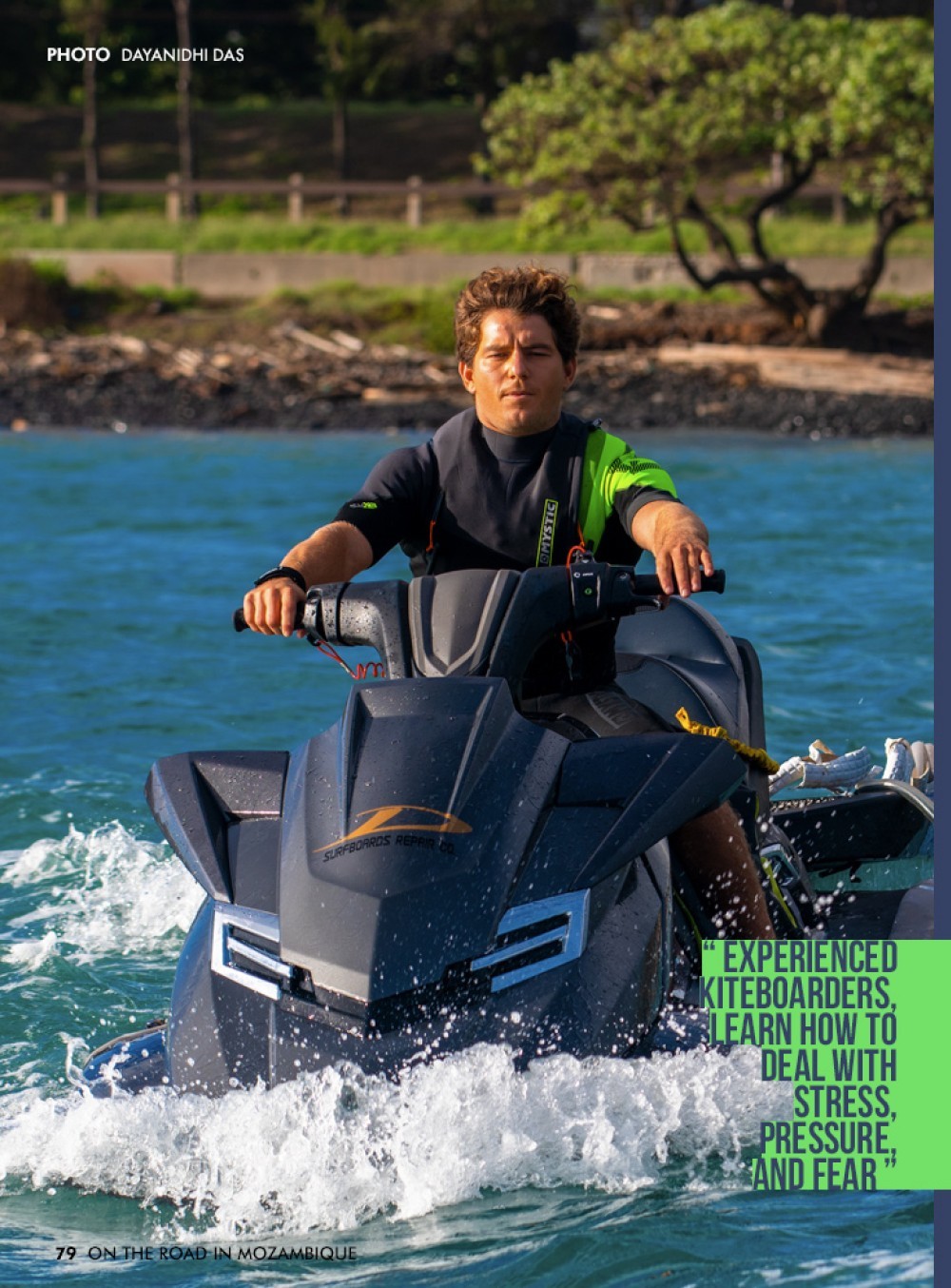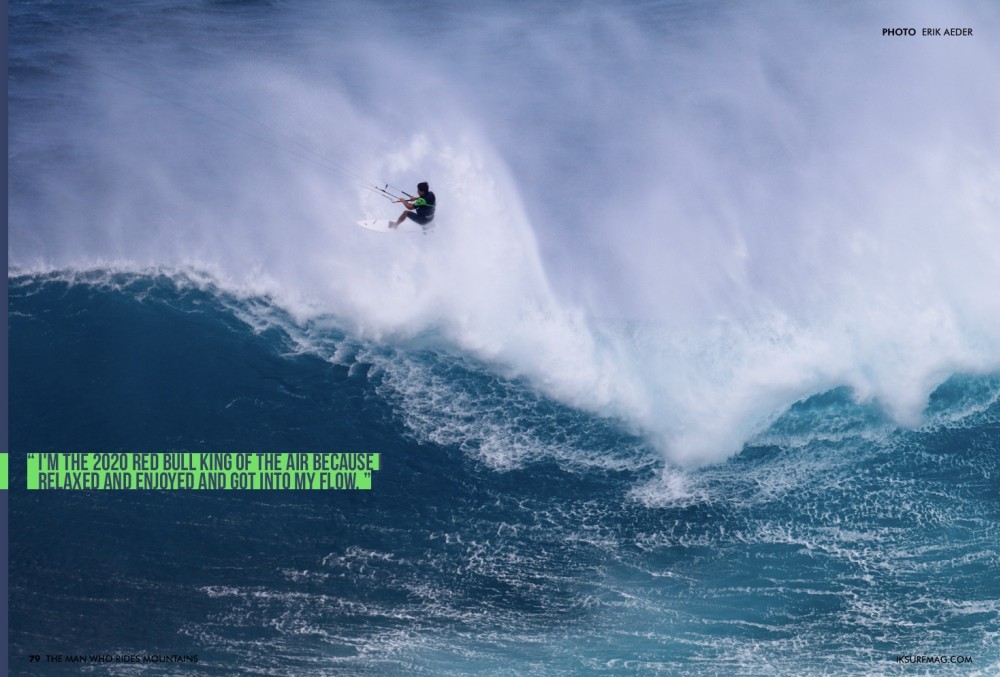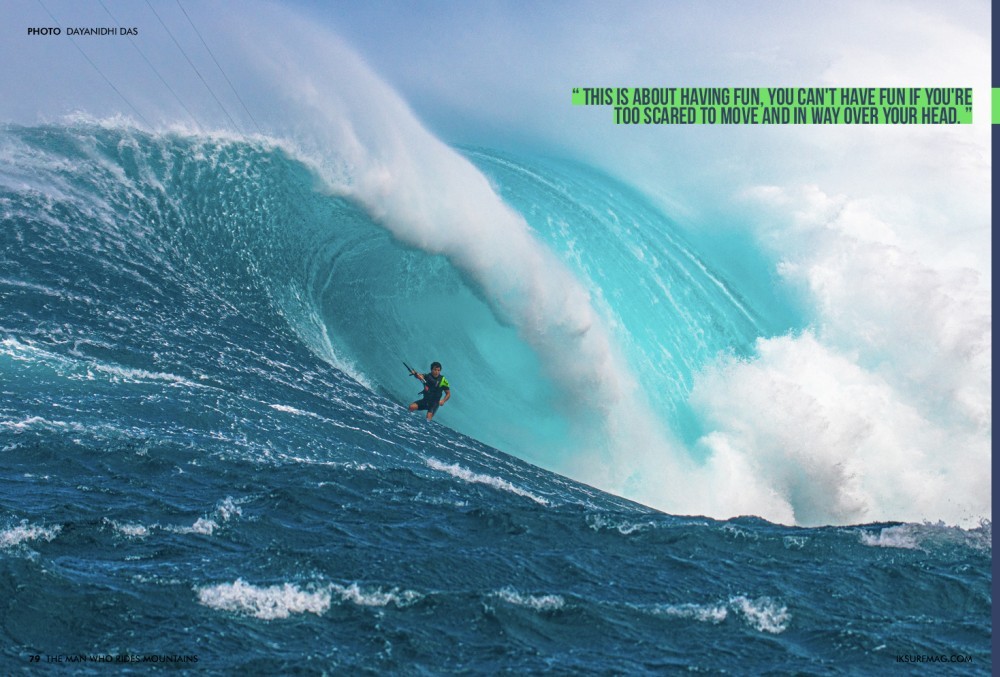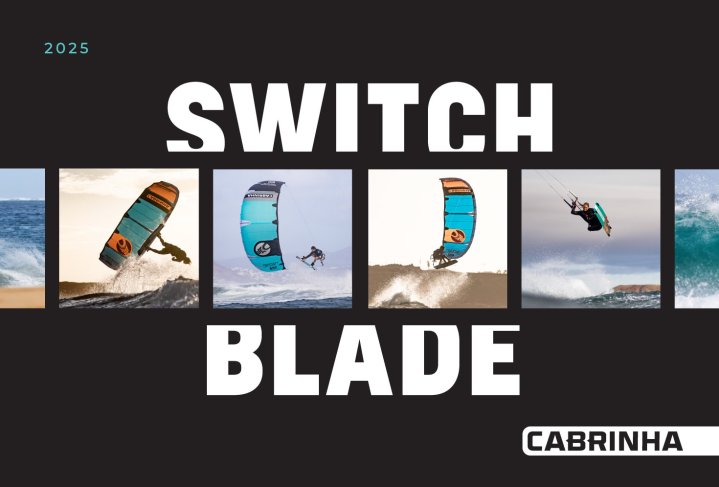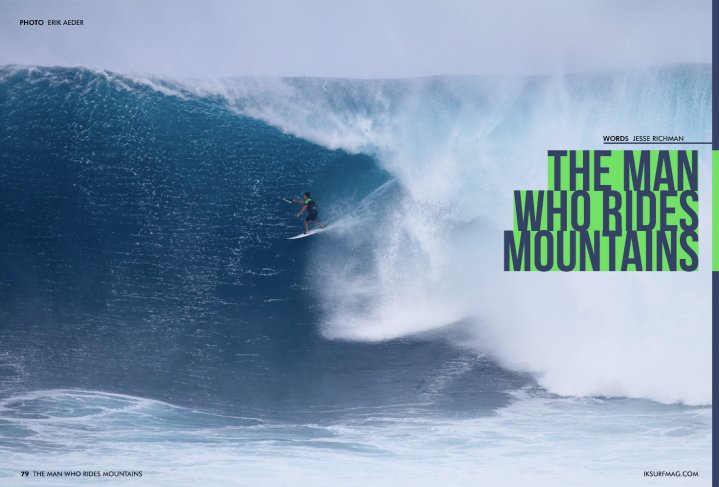
The Man Who Rides Mountains
Issue 79 / Tue 11th Feb, 2020
Jesse Richman needs no introduction, check out this fantastic feature as he breaks down everything you need to know to perhaps one day be ready to ride the monster that is Jaws!
After Jesse dropped some insane images from a recent photo shoot at Jaws we just had to get the low down on what goes through his mind. We contacted the photographers, got Jesse on the case with the words and give you this, one of the most analytical approaches to riding mountains that you will ever read…
Peahi (aka Jaws) isn't merely a wave, to a small group of dedicated ocean athletes, it's a way of life. Every year, we run through the cycles; training, preparation, game day, recovery, repeat. Also, within that cycle, we run microcycles. We go through the paces that we've been through before. We cross and dot all the metaphorical "t's" and "I's" to get to that moment that we live for.
The moment where we're looking up ahead of us, and we know that it's time to go for it, to pick the line that will get us barreled. We adjust our feet ever so slightly, lean back just a touch, but keep heavy forward foot pressure, let the kite drift back to the perfect position and BAM! It works, and we get the wave of our life, or, 9 out of 10 times, we misjudge something and Splat! Whooosh! Kaaaaaaboom! We get smoked, and thus the cycle starts again.
Although Hawaii doesn't get hit with big waves that ignite the fires of Peahi until the wintertime, training starts in the summer. The summer is great to focus on building strength and taking advantage of the long days by doing several sports throughout the light hours and hitting a solid gym session in the evening; pair that with good food, and your body is stoked!
Where the real gains are made is in the mind by taking time to focus on the breath and reprogramming your body to be able to deal with a lack of oxygen and a build-up of carbon dioxide. It's genuinely about strengthening the mind and body together to be able to endure anything you might encounter in the ocean and have the confidence to make decisions under extreme pressure. When you're out at jaws, it's not just your life on the line, everyone out there is relying on each other to be ready for anything.
Another summer prep-game is group training. Literally gathering with other big wave surfers/kitesurfers to share knowledge on how to save each other in the worst of situations. Two ways to do this that I would highly recommend to anyone who wants to be more comfortable and confident in the ocean are taking the BWRAG (Big Wave Risk Assessment Group) course and going through a freediving course.
BWRAG goes through everything from a life-saving perspective and helps people prepare to rescue someone in need. All this becomes extremely relevant in intense conditions. A freediving course is one of the most magical things you will ever do. Herein, you learn all about what happens when you hold your breath both scientifically and spiritually. Understanding the physiological and psychological sensations that arise when you hold your breath is priceless, and it is by far, one of the best ways to train for big waves and confidence in the ocean.
Then the fun game of gear and getting everything dialled in! The boards we ride need to be tuned to perfection with the straps fitting perfectly. The kites make it simple as they do what we want (if you're riding a badass kite, like the North Carve), but I also need to know my kite like the back of my hand, and that only happens with a tremendous number of hours put in.
You want to have every single tool in your arsenal that you can to mitigate the danger. One big gun is having a suit of armour should you take a fall. In this case, it's floatation. Not being safe doesn't make you a badass, it makes you a dumbass; you put your own life in peril as well as those around you. Peril exists even if you take every precaution possible, but a lot can be prevented with these few simple tools and all the proper training.
The most common set up at Peahi, and other big waves are rocking an impact vest underneath, or built into, your wetsuit, paired with an inflation vest. Having all these layers is quite cumbersome and dramatically affects your range of motion. The best way to deal with this is to wear your big wave floatation set up a lot to become comfortable with it on.
On top of the floatation, when kiteboarding, we have the harness, which equates to even more gear. The truth is, all the flotation that feels huge when you put it on in your living room feels tiny when you're getting worked by a huge wave. So, go grocery shopping in your impact vest if you have to; become comfortable in it! I ride a Mystic Majestic Impact vest under my Mystic 3/2 Zip-free suit with a Patagonia inflation vest, and I use a Mystic Majestic hard shell harness with the stealth rope slider bar.
Next is a huge and expensive piece of equipment, the Jet Ski. Just having a jet ski in your back yard is pretty useless but having an extremely reliable machine that you often use and know all the ins and outs of, is your best friend in big waves. Herein lies another significant factor, how to drive a jet ski and kite big waves at the same time? You don't. In big waves, the most important thing is your team. Having at least one other person out there with you is always the key to success.
I have been going out to Jaws with Patri Mclaughlin for the last 10 years. Patri and I own a jet ski together, we kite together, we tow surf together, we train together, we hang out together, and we know exactly what each other is thinking when we are out on the ocean. Having him out there is an absolute necessity for me to be able to push my limits.
Patri looks at Jaws the same way that I do, in saying that "Jaws is unlike any other wave I've seen. It focuses millions of gallons of water upwards into a perfect picturesque monster. The bigger it gets, the more perfect it gets." Having him by my side is priceless and makes every part of the training and game day experience that much more special.
We also have a few good friends that we trust on our rescue ski. We need someone who knows us well and understands what's happening. Right now, we've been training Zach Perry, a kitesurfing veteran, to become the ultimate rescue driver by doing everything I speak about in this story, with him. So far, it's been an incredible experience.
Game Day - So we find ourselves on the day, everything leading up to this day can become busy and very intense with an air of urgency and excitement. The key is to maintain a relaxed and chill mindset. Even though it's essential to be prepared and have everything ready to go, it's more important to be relaxed. Our mindset is everything, and it's also universal.
Skilled athletes are usually good at multiple sports, successful businessmen are generally good at making money in a variety of ways, but experienced kiteboarders, learn how to deal with stress, pressure, and fear. When fear is processed in a specific way, it can be harnessed to become fuel for perfect focus. The most recent evolution of my approach was just refined yesterday while competing at the 2020 Red Bull King of the Air in Cape Town.
Here, I had a pretty incredible day where I accessed a completely different mindset from years past but one that was interestingly similar to the year that I won in 2013. The critical element in these two, title-winning years, was that I didn't put too much stake in the competition, and the more I focused on it, the better I would do. What ended up happening was that because of this intense pressure, I would choke in the semi-finals or finals, every time, like clockwork.
This year, I happened to be more excited by big waves then big air. Even more paramount, I have a new family that is the most magical experience I've had thus far. Because of this, I realised that if I win or lose at the King of the Air, it didn't really matter, life is still going to be amazing! With this new mindset, I was able to maintain an incredibly relaxed vibe the entire day.
That's not to say that I didn't do a ton of work to prepare. I had a solid heat plan that I was committed to sticking with, but without a doubt, the key was chilling, breathing, relaxing, and enjoying. I felt like I had the most fun out in the water, and it got me the win. I'm the 2020 Red Bull King of the Air because I relaxed and enjoyed and got into my flow.
It might be slighty different at Jaws, but the mindset is still the same. Prepare as much as you can so that when you go out, you can relax and have fun. Also, knowing that even if you don't get a wave, it's okay. If you bring big expectations out there, you set yourself up to choke and come back with a big disappointment. If you go out there relaxed and excited to have a good time, you're in a much better position.
Kai Lenny is one of the most progressive athletes in the world and absolutely crushes it at Jaws, as I'm sure you all know. I asked him what he thought allowed him to be so good out there and he told me this:
"My experience from the time I have put in out there has given me a comfortability to approach the wave as a big canvas versus being stunned by the shock factor of the wave. I stay more relaxed and can focus on more progressive manoeuvres. I attribute my years of multi water sports like kitesurfing for giving me the best rides of my life. They are the best way to train for big waves."
So, all in all, prepare as much as you can and relax. This is about having fun, you can't have fun if you're too scared to move and in way over your head. You have fun when the waves are a challenge but a good fit for your skill level. The real beauty is, we have time. Waves are going to come back every winter and thus give us a long summer to train. If we embrace these cycles and utilise the time to progress every day, we take baby steps, and with enough baby steps, perhaps we will see you out at Peahi.
Videos
By Jesse Richman


